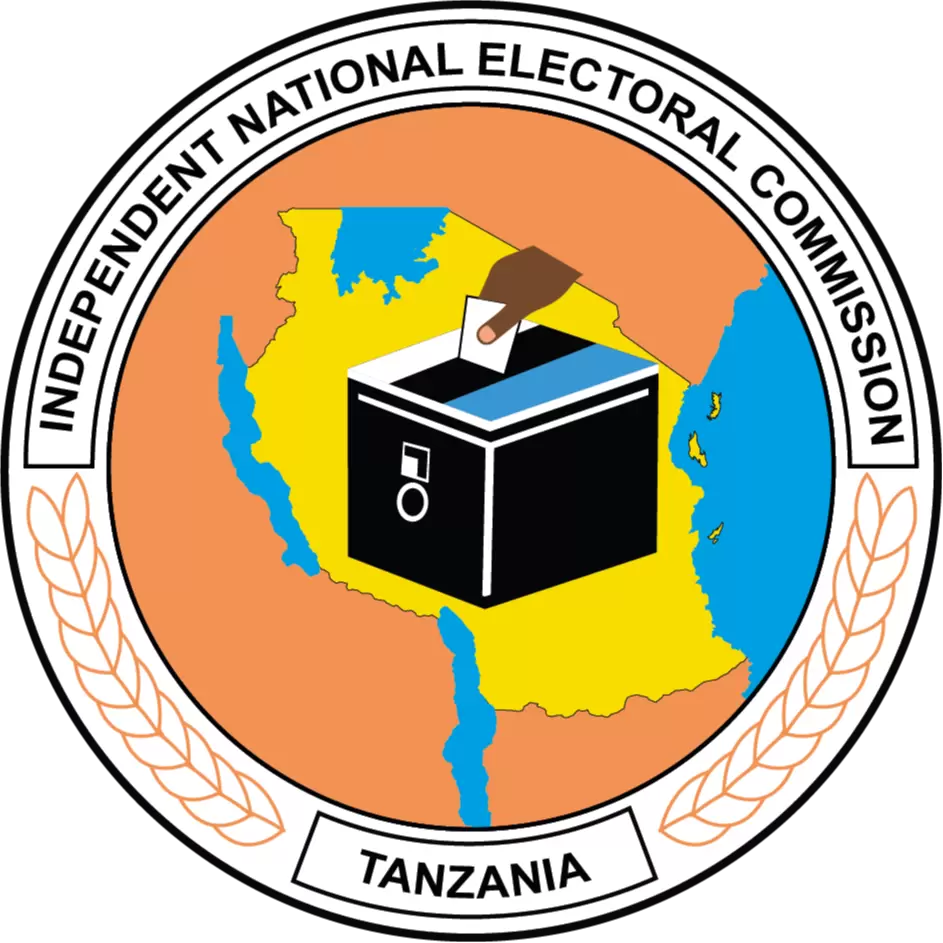Constrains, Production Systems and Roles of Phosphorus in Rice Production in Tanzania
- 8th March, 2022 07:11
- By MOSSES.BAYINGA
- Papers
Author(s) : Prosper I. Massawe
Rice is the second most cultivated food and commercial crop in Tanzania after maize, with a cultivated area of about 365000 ha, which represents 18 percent of the cultivated land. Rice is used almost solely for human consumption, and is second only to maize in terms of calorie supply,it is accounting for around 8 percent of the nation’s calorie intake. In 2010, Tanzania became a net exporter of rice, producing over 2.6 million tons and was ranked to the second highest levels in Africa, directly behind Madagascar. Soil fertility is essential for a rice plant to grow and for physiological development. Phosphorus is one of 17 essential nutrients, its functions cannot be performed by any other nutrient, and an adequate supply of P is required for optimum rice growth and reproduction. Phosphorus is frequently deficient for crop production and is required by rice crop in relatively large amounts. Phosphorus deficiency affects the major functions in energy storage and transfer of rice plants which include tillering, root development, early flowering, and ripening. Soluble phosphorus from fertilizer or natural weathering, reacts with clay, iron and aluminum compounds in the soil, and is converted readily to less available forms by the process of phosphorus fixation. This fixed, residual phosphorus remains in the rooting zone and will be slowly available to crops. Adequate supplies of other plant nutrients and plant promoting regulators(hormones) tend to increase the absorption of phosphorus from the soil. However, the number of crop problems can be related to nutrient imbalance in the field such as soil moisture, temperature,


